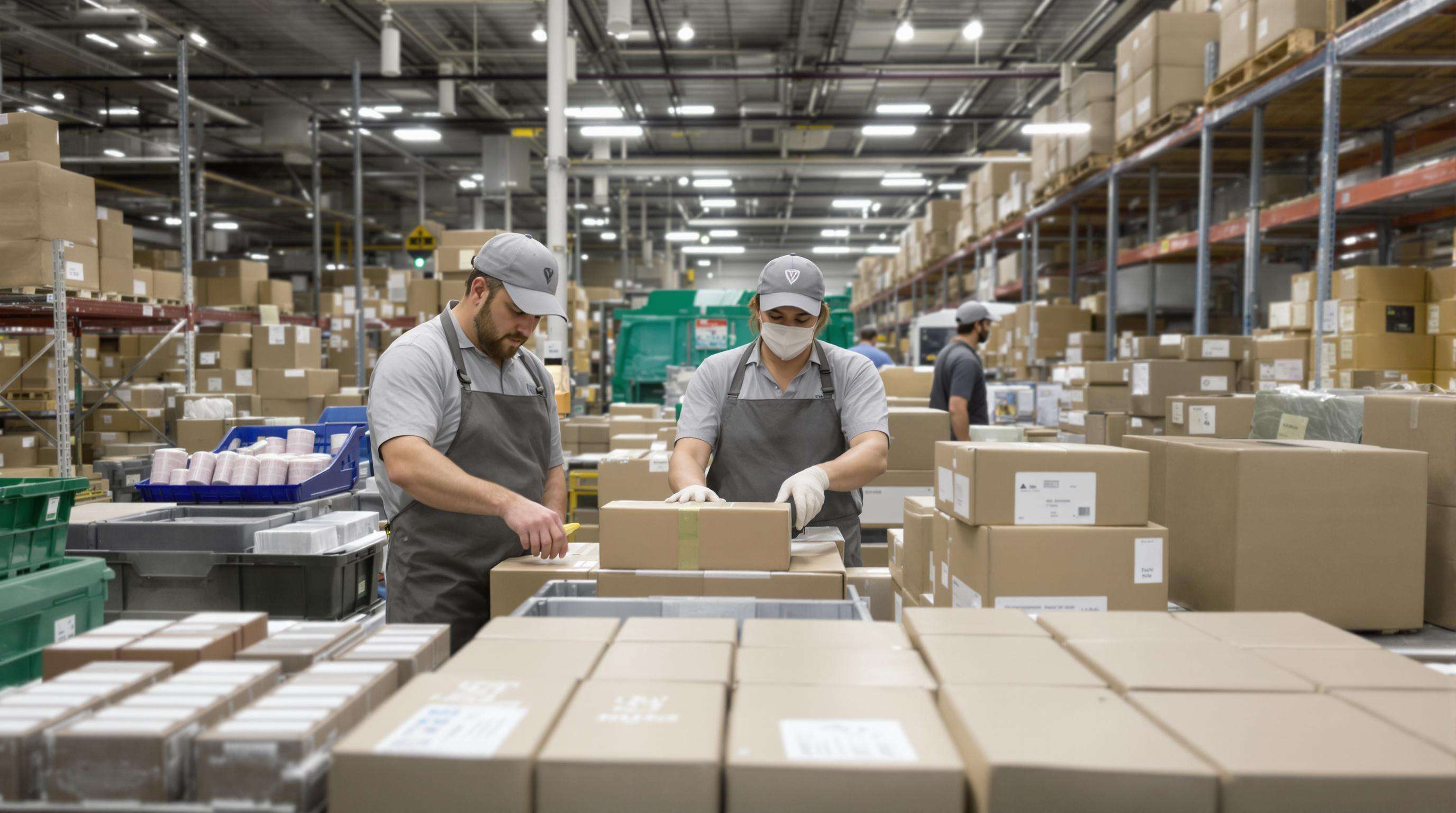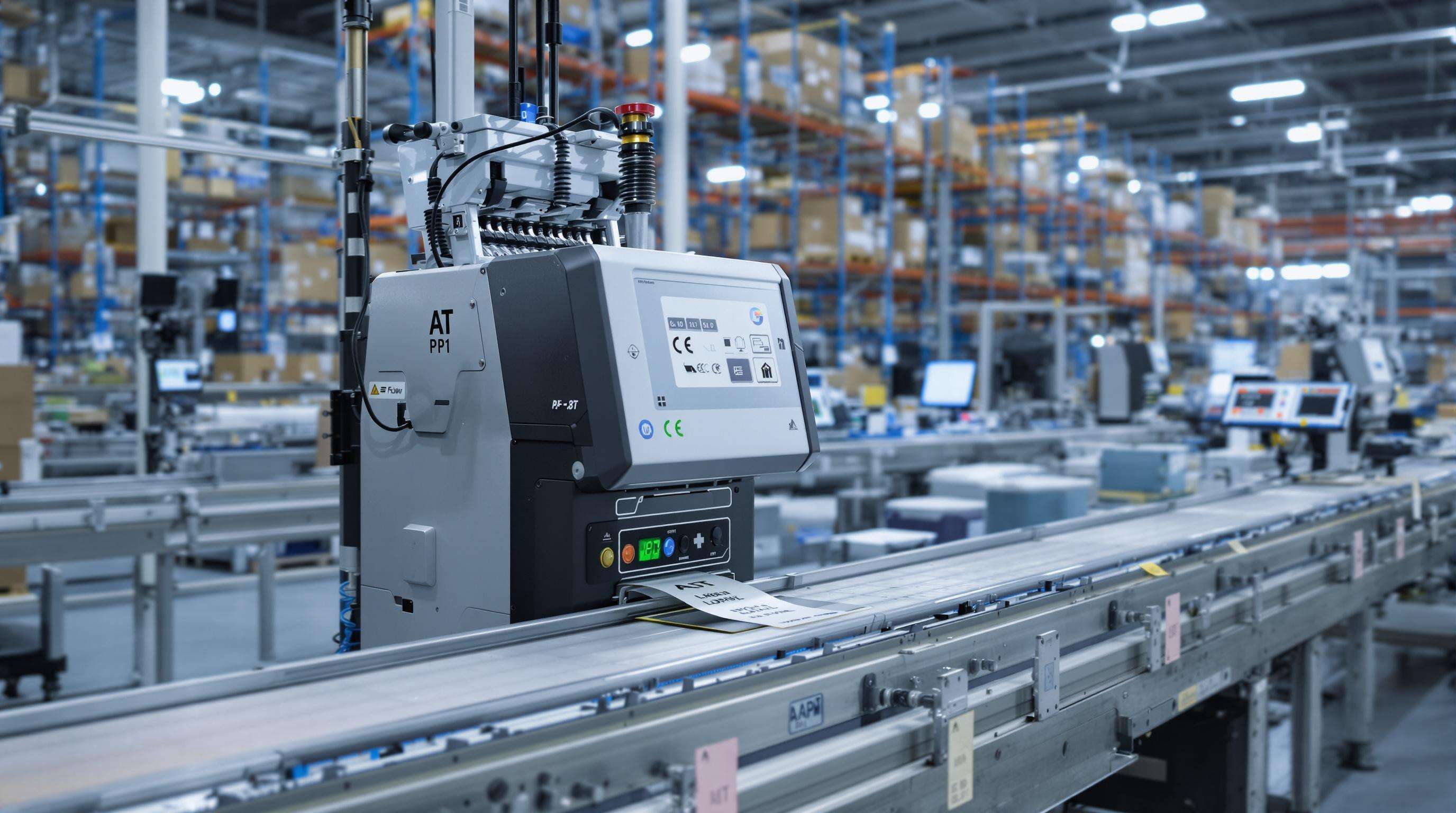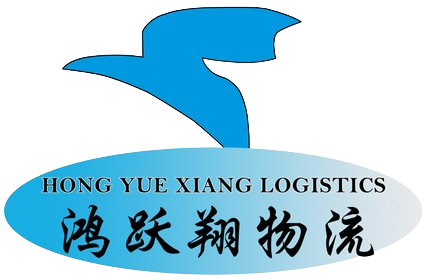News
Cross-Border E-Commerce Labeling Kits for Multilingual, Minimal-Waste Packs
Enabling Global Expansion with ECommerce Labeling Kits
ECommerce Labeling Kits eliminate friction in cross-border trade by standardizing multilingual packaging workflows. A 2023 World Customs Organization study found 42% of international shipping delays stem from non-compliant labeling, highlighting the operational urgency for adaptive solutions.
How ECommerce Labeling Kits Streamline Cross-Border Logistics
These kits reduce manual processes by integrating region-specific requirements into preconfigured templates. For example, 3PL partnerships leverage automated label synchronization to cut customs clearance times by 58% compared to manual systems.
Multilingual Labeling Compliance and International Shipping Regulations
Kits preemptively address requirements like:
- EU’s CLP Regulation (Classification, Labeling, Packaging) hazard symbols
- Asia-Pacific’s GS1 barcode standards
- North America’s FTC care instruction mandates
Case Study: Scaling EU Market Entry with Automated Label Integration
A beauty brand reduced returns by 31% after adopting dynamic labeling that adjusts to 24 EU languages and recycled material laws. Market expansion strategies show brands using such kits achieve 2.3x faster compliance certification versus manual localization.
Trend: Rising Demand for Localization in E-Commerce Packaging
73% of global shoppers in a 2024 NielsenIQ survey prioritize purchases with labels in their native language, driving 42% annual growth in modular labeling systems since 2021. Brands now treat localized packaging as a core CX pillar rather than a logistical afterthought.
Advancing Sustainable Packaging Through Smart Labeling Design

Integrating "reduction of packaging waste" goals with ECommerce Labeling Kits
Many top manufacturers are turning to ECommerce Labeling Kits as part of their green initiatives, cutting down on material waste by around 22% when compared to old school packaging approaches according to Sustainable Packaging Coalition data from 2024. What makes these kits so effective? They allow for much more accurate label sizes thanks to those smart AI templates, which cuts back on unnecessary glue and extra layers of material. Some recent research published in 2025 showed pretty impressive results too. Companies that switched to these modular labeling systems managed to get rid of approximately 3.7 tons of plastic waste every year without compromising how well packages hold up during shipping. That's a lot of plastic saved just by changing how labels are applied!
Eco-friendly materials and minimalist adhesive label formats
The shift toward plant-based adhesives and recycled polyester facestocks addresses growing consumer demand for sustainable options. Recent innovations include:
| Material Type | Environmental Benefit | Performance Metric |
|---|---|---|
| Algae-derived adhesives | 90-day seawater degradation | 98% adhesion retention |
| Post-consumer PET labels | 100% recyclability | Comparable print clarity |
RFID-enabled smart labels now help track packaging through recycling streams, with adoption rates growing 28% YoY (GlobeNewswire 2025).
Controversy Analysis: Biodegradable labels vs. durability in transit
While 63% of consumers prefer biodegradable packaging labels, logistics providers report 19% higher damage rates for compostable adhesives in humid climates (2024 Packaging Innovations Report). This tension underscores the need for context-specific solutions—moisture-resistant biopolymers for tropical regions versus standard compostables for temperate markets.
Boosting Operational Efficiency with Automated Labeling Systems
The impact of "automated e-commerce packaging" on labeling speed and accuracy
ECommerce labeling kits that are automated cut down on all that manual work involved in packaging, which means businesses can process way more orders each day – somewhere around 40 to 60 percent more than what they used to handle before according to reports from the industry back in 2023. These systems make good use of barcode scanners along with pre-made templates so most labels end up being accurate over 99 times out of 100, cutting down those expensive mistakes when packages get sent off somewhere wrong. The big names in this space have started mixing variable data printing techniques with live order updates so their software actually adjusts label information based on where things need to go next, whether it's through UPS or FedEx or whatever carrier happens to be handling delivery in different regions across the country.
Integration of AI-driven label printers with warehouse management systems

AI-powered label systems synchronize with inventory databases to auto-populate product details, expiration dates, and multilingual hazard symbols. This integration slashes order processing times by 35% while ensuring compliance with fluctuating international regulations. A 2023 logistics study found warehouses using API-connected label printers reduced mislabeled shipments by 72% within six months.
Case Study: Scaling EU market entry with dynamic multilingual labels
A multinational retailer’s regional fulfillment centers implemented template-driven ECommerce Labeling Kits to handle 23 language variants. The automated system reduced mislabeled shipments by 89% while cutting per-package labeling costs by $0.17. Real-time translation engines and regulatory databases enabled same-day adjustments for new EU packaging directives.
Strategy: Reducing human error through template-based labeling
The standardized label templates that come with ECommerce Labeling Kits cut down the time it takes to train seasonal workers by about half according to a test run last year. These kits lock important info such as product weight and hazard codes but let businesses generate those handy QR codes dynamically. This approach helps keep branding consistent everywhere from Tokyo to Toronto across more than 150 different markets around the world. Looking at error data tells another story too many companies have found that these template-based systems stop roughly 9 out of 10 mistakes that would otherwise happen when people type everything manually.
Enhancing Customer Experience Through Multilingual Labeling
Building Trust with Local Language Instructions via ECommerce Labeling Kits
According to research from the Global Logistics Consortium back in 2023, companies that implement multilingual labels experience around 37% fewer questions from customers about how to use their products. These ECommerce labeling solutions let businesses produce important information such as care instructions, warranty terms, and safety alerts in whatever language the customer prefers. No more guessing games for folks shopping across borders really helps out. Take one skincare company for instance they had all sorts of problems with regulatory issues until they started including translations into Korean and Arabic for those long lists of chemicals in their products.
Phenomenon: Higher Return Rates Due to Language Barriers in Packaging
A 2023 survey of 800 retailers revealed 19% of cross-border returns stem from misunderstood care instructions or regulatory symbols. For example, ambiguous recycling icons on electronics packaging caused French customers to dispose of lithium batteries improperly, triggering costly reverse logistics. Multilingual labeling kits mitigate this by providing region-specific disposal guidelines and pictograms.
Principle: Clarity in Regulatory and Handling Information Across Cultures
Industry leaders now prioritize three elements in multilingual labels:
- Localized units (e.g., imperial vs. metric measurements)
- Legally required warnings (e.g., EU’s CE marks or California’s Prop 65 alerts)
- Culturally resonant phrasing (e.g., avoiding direct translations of “organic” in markets with strict certification rules)
This approach reduced shipping errors by 28% for a home goods retailer expanding into Southeast Asia, according to internal case data.
FAQ Section
What are ECommerce Labeling Kits?
ECommerce Labeling Kits are standardized solutions that streamline multi-lingual packaging workflows, ensuring compliance in cross-border trade and reducing shipping delays.
How do ECommerce Labeling Kits improve cross-border logistics?
These kits integrate region-specific requirements into preconfigured templates, reducing manual processes and cutting customs clearance times significantly.
What benefits do sustainable labeling designs offer?
Smart labeling designs in these kits reduce packaging waste, using eco-friendly materials, and allow for more accurate label sizes, leading to substantial reductions in plastic waste.
How does automated labeling contribute to operational efficiency?
Automated labeling systems help businesses process more orders daily, significantly improving labeling speed and accuracy while reducing human error.
Why is multilingual labeling important in enhancing customer experiences?
Multilingual labeling builds trust by offering instructions in local languages, reducing customer inquiries, and aligning with cultural and regional compliance requirements.
Recommended Products
Hot News
-
A Vital Freight Mode Connecting The World
2024-01-16
-
The Continued Development Of Our Freight Shipping Company
2024-01-16
-
The Importance Of A Trucking Company
2024-01-16

 EN
EN
 AR
AR
 FR
FR
 DE
DE
 PT
PT
 RU
RU
 ES
ES
 TR
TR
